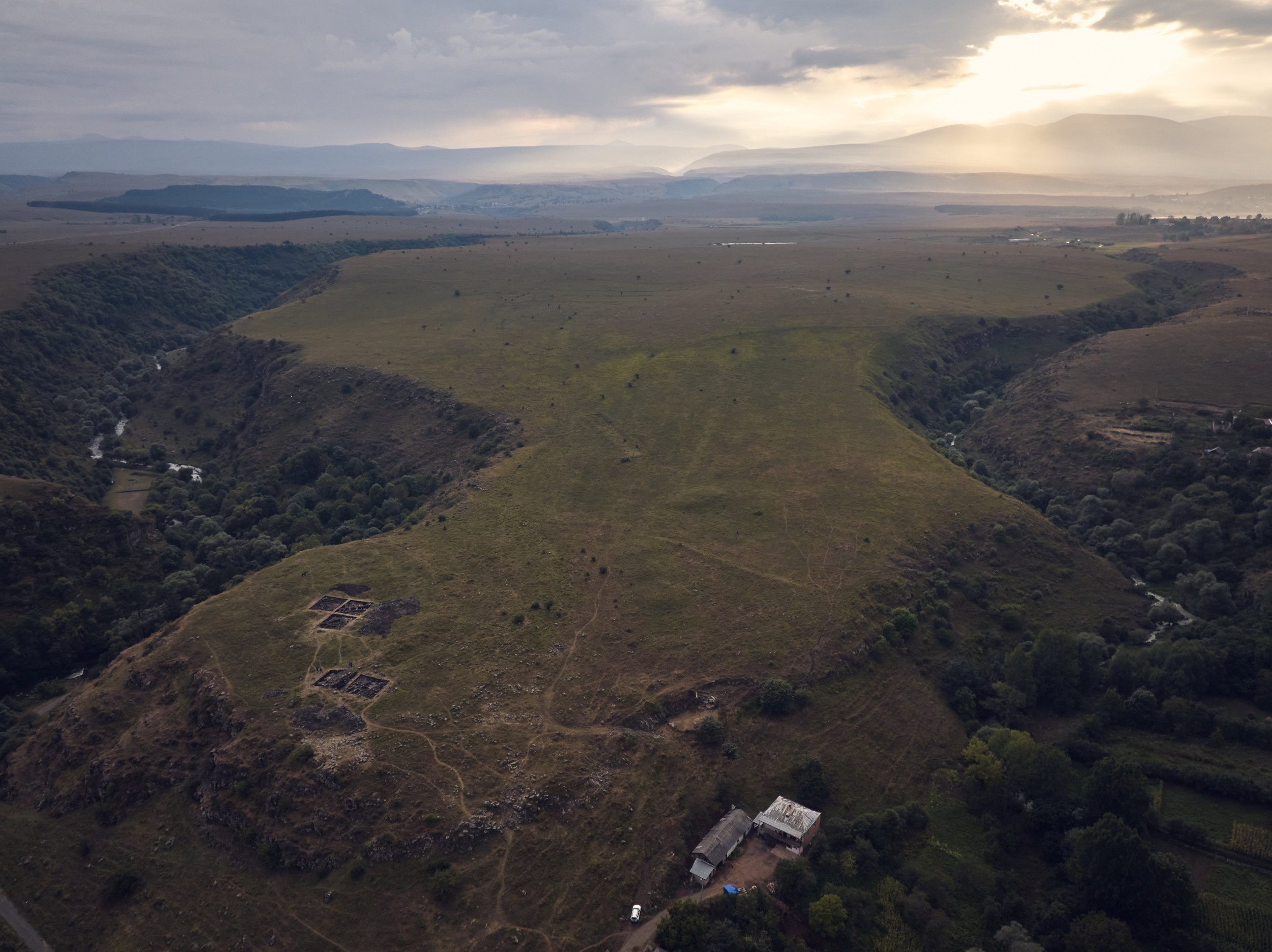Fifty years ago, a remarkable fossil was unearthed in the Afar Rift Valley of Ethiopia, forever transforming our understanding of human evolution.
Uncovered by a young paleoanthropologist, Donald Johanson, the fossil—nicknamed "Lucy"—represents a roughly 3.2-million-year-old human ancestor.
Lucy is arguably one of the most famous and significant fossil discoveries in the field of paleoanthropology. But what did this iconic find reveal and how can it help us to understand the origins of our species?
What Is the 'Lucy' Skeleton?
Johanson discovered the fossil on November 24, 1974, while conducting fieldwork alongside colleagues in the dusty hills of Hadar, Ethiopia.
"As we looked around that day, there weren't many fossils. It was noon and getting to be 110 degrees. We were tired and heading to the Land Rover to go back to the field camp. I looked over my right shoulder—I'm always looking at the ground—and saw a little fragment of an elbow. I recognized it as not being a monkey or an antelope or any other mammal," Johanson said in an article on the Arizona State University (ASU) website. The paleoanthropologist is a founding director of ASU's Institute of Human Origins.

"As I turned it over, I saw the anatomy so distinctive of a human skeleton, of a human ancestor skeleton. And as I looked up the slope, I could see other parts of a skeleton—part of a femur or thigh bone, chunks of mandible, shards of a cranium. I realized that there was a partial skeleton here!"
The fossil skeleton turned out to be around 3.18 million years old and is a representative of the extinct hominin species, Australopithecus afarensis. The term "hominin" refers to members of the human lineage that includes our own species, Homo sapiens, and its closest extinct relatives. While modern humans are not direct descendants of Lucy's species, Australopithecus afarensis is part of the same human lineage that split from our last common ancestor with chimpanzees.
The fossil specimen comprises around 40 percent of the skeleton of a roughly three-and-half feet tall adult female who likely died at quite a young age, perhaps around 9 or 10 years old—her species matured much faster than modern humans.
The specimen was named after the song "Lucy in the Sky with Diamonds" by The Beatles, which was playing at the researchers' camp the night of the discovery.
"I thought that she was a female because of her diminutive size. And someone suggested, 'Well, why don't you call her Lucy?' And it stuck," Johanson said.
What Makes the 'Lucy' Skeleton Interesting?
Lucy is a crucial piece in the puzzle of human evolution, casting light on the physical and behavioral traits of our early ancestors.
Lucy's skeleton shows a combination of primitive features, such as a small braincase similar to those of non-human primates, and derived features, such as evidence of walking upright habitually, which is a key hominin characteristic.
The skeleton was not the first hominin fossil discovery to show signs of bipedalism. But the find did represent the strongest evidence at the time of "obligate bipedalism"—a form of locomotion in which an animal primarily walks on two legs in an upright position.
Besides, Lucy provided evidence that bipedalism evolved long before the development of larger brains. Her skeleton represents one of the most complete early hominin specimens ever found, providing unprecedented insights into the anatomy and behavior of these extinct human relatives.

Lucy was not the first evidence of Australopithecus afarensis to be discovered, but the extensive and relatively well-preserved nature of her remains significantly bolstered the understanding of the species. Her discovery, alongside a number of other fossil specimens, played a key role in the later formal description of the species in 1978.
Overall, Lucy marks an important transitional stage between more primitive ancestors and later hominins that eventually gave rise to the genus Homo, to which our own species belongs. As such, Lucy is an important representative of early hominins and provides critical insights into the evolutionary path that eventually resulted in modern humans.
"The last evidence of this species is also the pivotal point on the family tree where there's significant climate change," Johanson said. "This species disappears about 3 million years ago when there is a change to a more open environment and a change in the composition of the animals that suggests more open areas. It signals the end of her species and the beginnings of two major lineages—one that ultimately led to us, Homo sapiens."
Do you have a tip on a science story that Newsweek should be covering? Do you have a question about paleoanthropology? Let us know via science@newsweek.com.




















 English (US) ·
English (US) ·